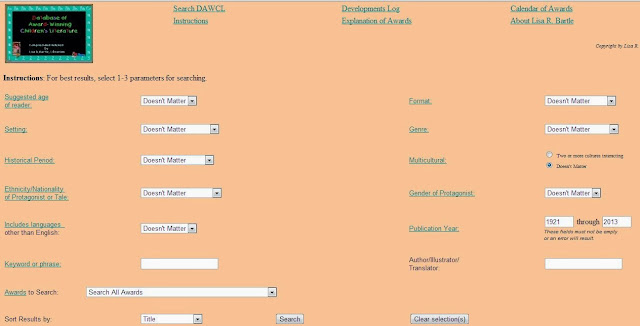 This week I
have read an article by Thanasoulas Dimitrios and another one by David Little.
Learner autonomy is the main point of their articles. I agree with both authors
on one point: autonomy is highly desirable for learners if we want them to be
able to use the language independently of teachers and outside the classroom,
through life. However, I personally find it difficult to attain for many
reasons: here in Africa, culture has always made the master the number one
provider of instruction in the process of education. As a result, in most
educational institutions, education is carried out vertically with the teacher
above, feeding learners underneath. Secondly, curriculums themselves are so
designed that they betray this vertical orientation of education. Finally,
learners themselves are not prepared for taking charge of their own learning. I
notice that every time I ask my learners to write some comments about what they
have learned or even what they want to learn and how they want to learn it,
they are shocked. Some even confess that they think that this activity is a
trap while others view it as a weakness or incompetence of the teacher. The
same occurs when I ask learners to form groups in order to work on projects:
they want me to help them choose their group partners and even share job or
responsibilities within the group. In front of such a situation I agree with
David little that “autonomy is not an inborn ability but it can be brought in
the learners by making them more responsible”. I think that what I can do to
instill more autonomy within my learners is to start talking them into the
benefits of autonomy for themselves. Then, as often as possible, I will have
them do activities which cultivate autonomy.
This week I
have read an article by Thanasoulas Dimitrios and another one by David Little.
Learner autonomy is the main point of their articles. I agree with both authors
on one point: autonomy is highly desirable for learners if we want them to be
able to use the language independently of teachers and outside the classroom,
through life. However, I personally find it difficult to attain for many
reasons: here in Africa, culture has always made the master the number one
provider of instruction in the process of education. As a result, in most
educational institutions, education is carried out vertically with the teacher
above, feeding learners underneath. Secondly, curriculums themselves are so
designed that they betray this vertical orientation of education. Finally,
learners themselves are not prepared for taking charge of their own learning. I
notice that every time I ask my learners to write some comments about what they
have learned or even what they want to learn and how they want to learn it,
they are shocked. Some even confess that they think that this activity is a
trap while others view it as a weakness or incompetence of the teacher. The
same occurs when I ask learners to form groups in order to work on projects:
they want me to help them choose their group partners and even share job or
responsibilities within the group. In front of such a situation I agree with
David little that “autonomy is not an inborn ability but it can be brought in
the learners by making them more responsible”. I think that what I can do to
instill more autonomy within my learners is to start talking them into the
benefits of autonomy for themselves. Then, as often as possible, I will have
them do activities which cultivate autonomy.
The article
“Strategies and applications for the one computer classroom” suggest
interesting activities for reinforcing learners’ autonomy with just the
teacher’s computer. I am very much interested in group activities because I
think that they are suited for large classrooms. With my 1st year students in
business management we are currently dealing with the advantages and weaknesses
of globalization. As a project I will ask them to write an argumentative
article about business and human rights for the website of Amnesty
international (www.amnesty.org). This
activity will encourage their autonomy because it provides an opportunity of
using the language for an authentic purpose (writing an article which will be
published for real on a website for potential readers to see). Secondly, my learners
will have to go online (using the teacher computer in turn) to retrieve alone
the information which they find appropriate for their task. Then, they will
have to interact and collaborate within their groups, negotiate meaning,
distribute their time and set their own objectives. They will also evaluate
their own performance in completing the project. Finally they will have to post
the article alone on the website at the end of the project. I will just provide
assistance for using the computer, I will organize group rotations for using
the computer, and I will allow them to consult me if they face some difficulties.
In this way they will become responsible for their own learning.

